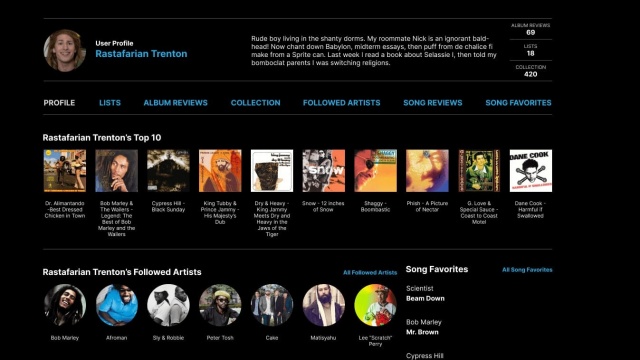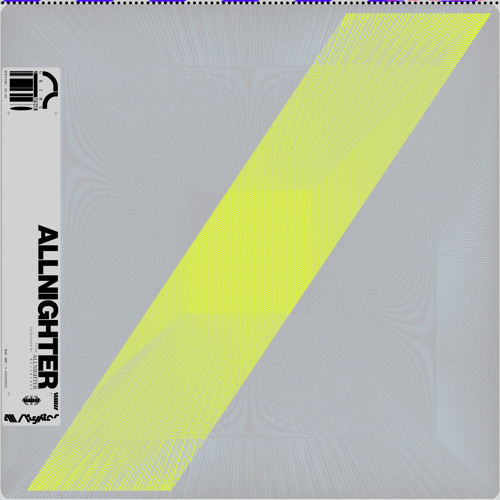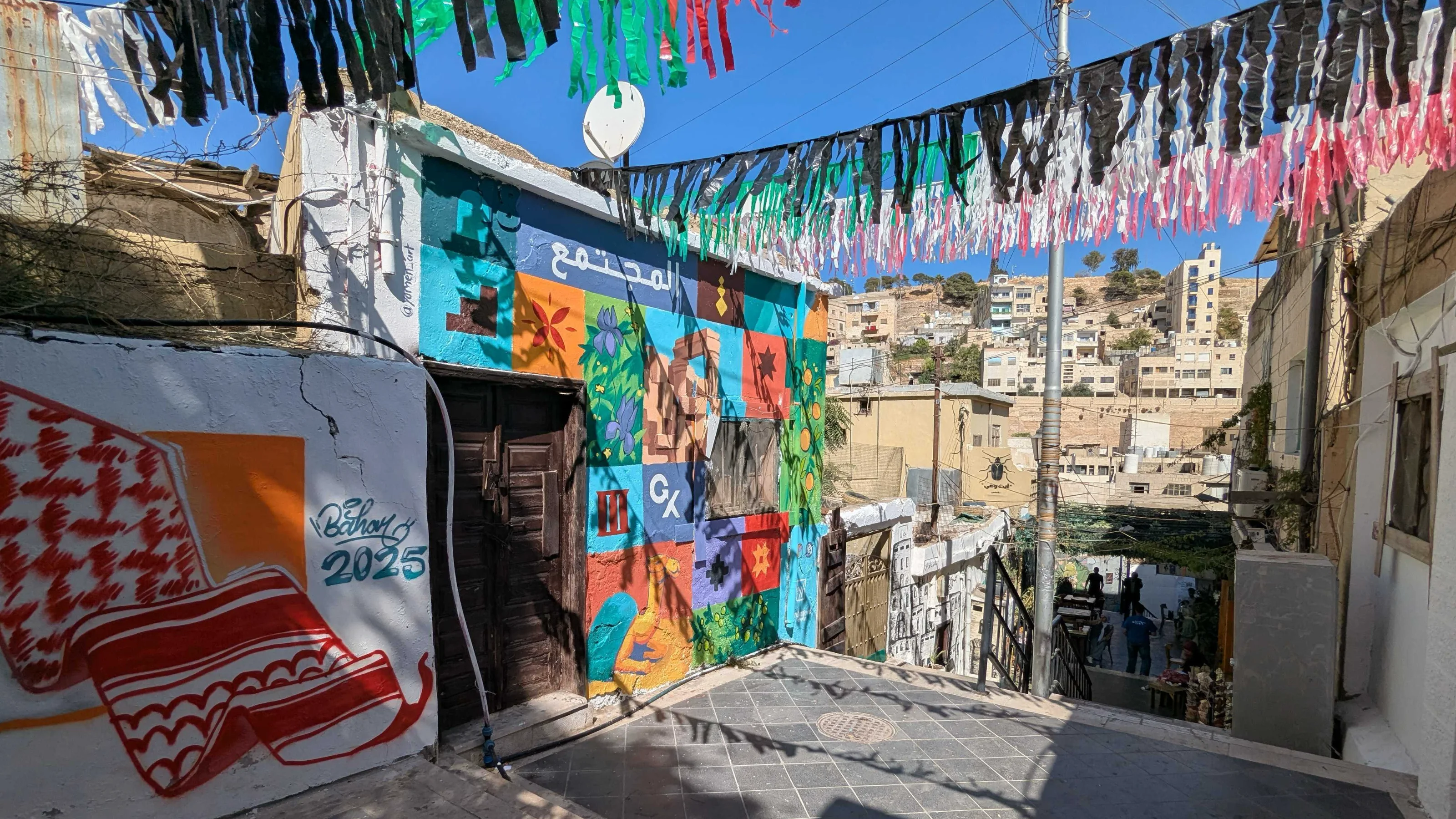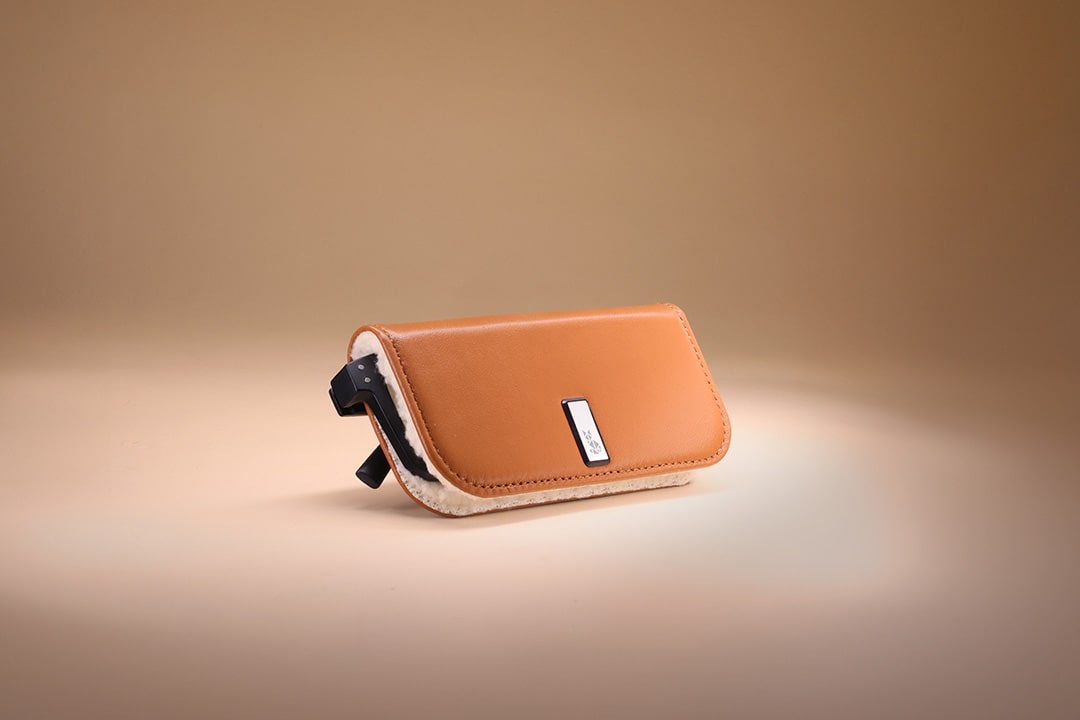Getting prepped: the ultimate Thailand packing list
This essential Thailand packing guide details everything you need for your trip, from reef-safe sunscreen to lightweight layers

Thailand offers vibrancy and variety in abundance, appealing to all types of travellers all year round with tons of things to do. It’s the range of situations that Thailand allows you to find yourself in that makes it such an irresistible destination, from buzzing through cities and hopping between islands to hiking through forests and snorkelling above coral reefs. It's important to pack well to make the most of your time in Thailand. When it comes to your Thailand packing list, there are three key considerations: the weather, respect for the country’s culture, and the activities you intend to do.
What to wear in Thailand
Cool, comfortable clothes
Because of its tropical climate, Thailand is hot and humid all 12 months of the year. Even the cooler months maintain an average temperature in the mid-20s°C (70s°F). Whether you’re wet with rain or sweat — or both — clothing made from lightweight, breathable fabrics is the best choice, no matter when you visit Thailand. Fabrics like cotton and linen keep you cool and comfortable when it’s hot, and they dry quickly when they’re wet.
Lightweight clothes also pack small and can be easily layered to create a variety of outfits. No matter how long your trip is, aim for about a week’s worth of clothes. Doing laundry in Thailand is easy and affordable. Many guesthouses and hotels offer a laundry service, or you can visit a local laundromat.
Make it happen on: Bangkok to Chiang Mai Express
Slip-on shoes
Taking off your shoes is part and parcel of daily life in Thailand. You need to take your shoes off when you enter people’s houses, visit Thai temples, and go into some cafes and shops. The lighter your shoes are, the better — you don’t want anything that takes too long to dry, just in case you get caught in a downpour. Soggy shoes are never fun.
Sarongs
Most of Thailand’s religious and royal buildings have dress codes, which require visitors to cover their shoulders and knees. It's worth packing a sarong that you can wrap around your waist (or loose-fitting pajama bottoms to put on over shorts). If you’re not prepared, you have to purchase coverings at the door before entering. Sarongs can also act as warmer layers, particularly useful when you find yourself in an overly air-conditioned bus, mall, or airport.
Sarongs are one of the most versatile travel items out there, functioning as a skirt, dress, scarf, towel, blanket, or bag. If you don't have a sarong already, pick one up at a local market early on in your travels for a souvenir — and sartorial staple — that you’ll turn to time and time again.
What to pack for Thailand’s rainy season
Thailand’s rainy season runs from May to October, but no month of the year is necessarily rain-free in Thailand, so be prepared for it whenever you go. Quick-drying clothes are a top consideration in the rainiest months, as well as waterproof or quick-drying footwear. It’s still hot, so give hiking boots a miss and opt for hiking sandals or shoes instead. They’re easier to pack, keep you cooler, and dry out more quickly between hikes.
A waterproof jacket is a Thailand travel essential. Pack a poncho you can throw over yourself and your backpack, or find a cover that's more tailored and technical. As long as it keeps you dry when the heavens open, you do you. A rain cover for your backpack is a good idea, as are dry sacks for your electronics, but zip-lock bags do the job too if you’re on a budget.
What to pack for Thailand’s dry season
November to February is Thailand’s dry season, but you could still encounter a sudden downpour, so it's worth bringing your waterproofs. Thailand’s dry season is also its coolest, but it’s still warm. When the sun is beaming down, wear light colours that reflect the heat rather than dark colours that absorb it and make you feel hotter.
If you want a wardrobe that does it all, avoid spaghetti-strap tops – because they can’t be worn in religious or royal buildings – and keep shorts in the not-ultra-short zone out of respect for Thai culture. A layer for the cooler evenings would be useful at this time of year, and a packable or foldable sun hat will come in handy for jungle hikes and long beach days. Don't forget a pair of sunglasses!
Make it happen on: Classic Thailand & Island Hopping - East Coast
Thailand travel essentials
Backpack and a day bag
Thailand is a backpacker’s paradise, with buses, boats, vans, trains, and planes whisking you off to your next destination. When you’re touring Thailand, a backpack is the most practical item to travel with because it’s easy to move, carry, and stow. Along with a backpack, you’ll find a day bag extremely useful, too. Opt for something secure, such as a cross-body bag, daypack, or belt bag, to keep your practical items safe but handy.
Reef-safe sunscreen and insect repellent
In 2021, Thailand clamped down on conventional sunscreens that are damaging to marine life. Since then, sunscreens containing four harmful chemicals have been banned from all Thailand’s national parks. Make sure you’ve packed reef-safe sunscreen to keep you — and the coral — safe. Insect repellent is also a must because of the mosquitoes. You can buy reef-safe sunscreen and insect repellent in Thailand, but it’s likely more expensive than what you'll pay at home, so it’s better to bring it with you.
Make it happen on: Thailand Island Hopping – West Coast
Reusable water bottle and electrolyte tablets
In Thailand, you can refill water bottles with filtered water cheaply, so it’s worth travelling with your own water bottle and filling it up as you go. It’s less expensive than buying single-use water bottles, and it prevents more plastic bottles from finding their way out into the oceans. Consider bringing electrolyte tablets, which help you hydrate more efficiently than just water. If you know you’ll be hiking or sweating a lot, electrolyte tablets are a good way to ensure you stay healthily hydrated.
What to pack for a trip to Thailand: a checklist
– Visa and passport (check its expiry date against Thailand’s entry requirements)
– Travel insurance
– Local currency (cash and cards that work abroad)
– Copies of important documents (digital and physical, in case of emergency)
– Backpack
– Backpack rain cover
– Day bag
– Rain jacket
– Reef-safe sunscreen
– Insect repellent
– Reusable water bottle
– Electrolyte tablets
– Cool, comfortable clothing
– Sarong
– Slip-on shoes
– Hiking shoes or sandals
– Swimwear
– Sunhat
– Sunglasses
– Dry sacks or zip-lock bags

























.jpg)

































































:format(webp)/cdn.vox-cdn.com/uploads/chorus_image/image/66321622/1206682849.jpg.0.jpg)

























:format(webp)/cdn.vox-cdn.com/uploads/chorus_image/image/67131045/1261725039.jpg.0.jpg)






































/origin-imgresizer.eurosport.com/2024/02/04/3880159-78836108-2560-1440.jpg)



















